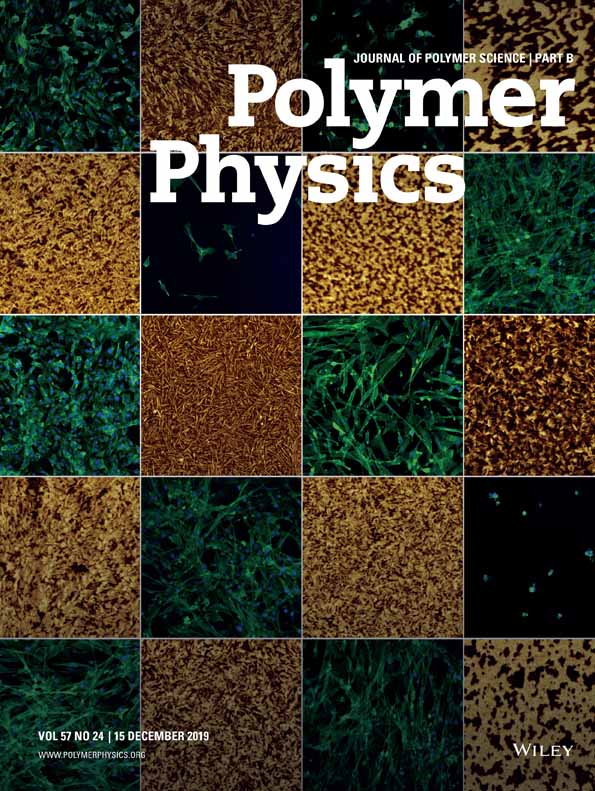On the glass transition temperature of styrene-n-butyl methacrylate copolymers in dependence on chemical composition, molecular weight, and mixtures
Abstract
For statistic copolymers of styrene and n-butyl methacrylate, the relation between the glass transition temperature and the chemical composition or molecular weight of the copolymers has been determined. Further, the dependence of the glass transition temperature on the composition of binary and ternary blends from statistical poly (styrene-co-n-butyl methacrylates) of a nearly equal chemical composition but a very different molecular weight has been studied. Among several equations considered for the correlation between glass transition temperature and composition of the mentioned copolymers with relatively low molecular weights, the Gordon/Taylor and Couchman equations gave the best agreement with the experimental results. For the glass transition temperature of poly(styrene-co-n-butyl methacrylate) with an n-butyl methacrylate content of about 30 wt % in dependence on the molecular weight, the Kanig-Ueberreiter and Fox-Flory equations proved to be useful for the examined molecular weight range. The glass transition temperatures of the polymer blends have been studied for a low/high-molecular component system, a system of two low-molecular components, as well as for systems with a third component. The glass transition temperatures of the mixtures frequently exceeded those of their individual components. © 1994 John Wiley & Sons, Inc.




